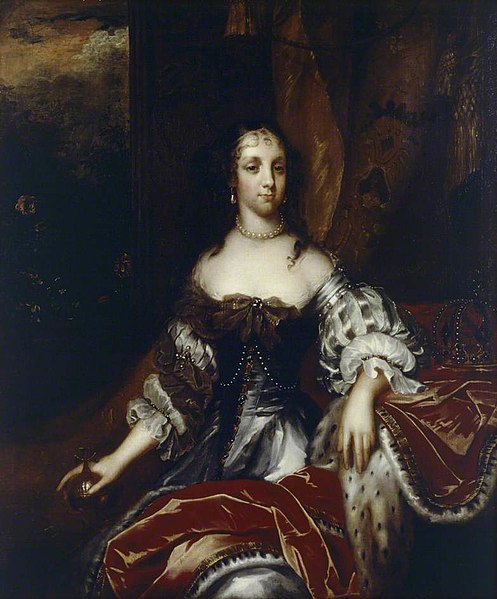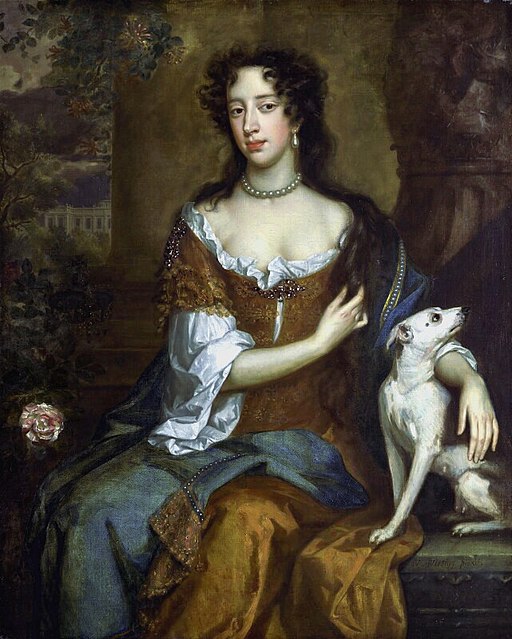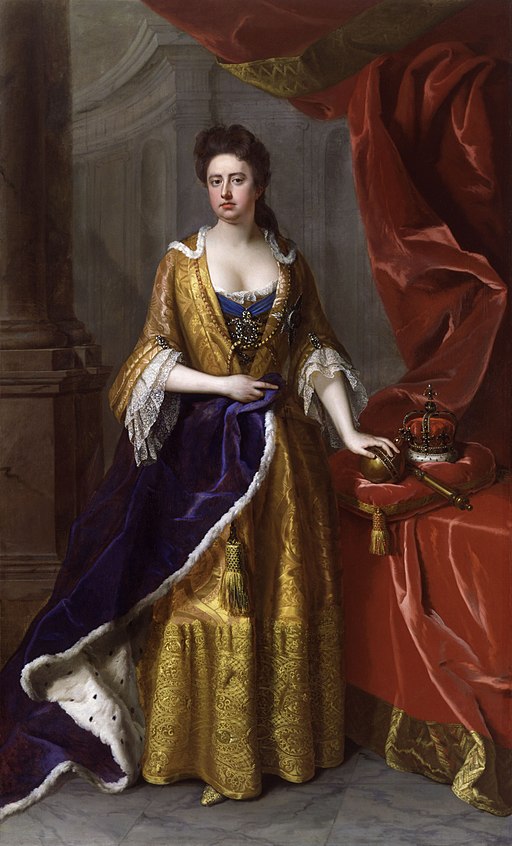Back in 2019, I wrote a couple of posts about dancing at the English court – The Restoration Court Ball and Catherine of Braganza: a Dancing Queen. Recent research has taken me back to the topic of court balls and I thought I would pursue birthday balls in particular up to the accession of Queen Anne. Charles II’s queen undoubtedly helped to establish the convention of balls to celebrate royal birthdays following the Restoration in 1660. As I said in my post about her, the first ball that we know of celebrating Catherine of Braganza’s birthday was held on 15 November 1666, some four years after her arrival and marriage. Several others are known from subsequent years.


By contrast, there is evidence for only one ball in honour of Charles II’s birthday, held on 29 May 1675. There may be several reasons for this (not least that the King’s restoration coincided with his birthday) but the lack of such celebrations is still worth further research.
Charles II died on 6 February 1685 and was succeeded by his brother James, Duke of York. James II was crowned on 23 April 1685 and the Hall Theatre at Whitehall Palace was apparently first prepared for a ball the following October. The new King’s birthday was on 14 October, while that of his Queen Mary of Modena was on 5 October.


Preparations for a ball in the Hall Theatre are recorded in October 1686, but there are no indications of similar work the following year. By October 1688, Britain was in crisis – William of Orange landed at Torbay on 5 November and on 23 December James II sailed to exile in France.
Researchers seem to have paid little attention to court balls during the reign of William III and Mary II, although surviving evidence indicates that such entertainments continued. The couple were reported to have danced at a ‘greate Ball’ held at the court of Charles II on 15 November 1677, not long after their marriage on 4 November. Despite his evident seriousness, William of Orange is reported to have been a good dancer.


Following their joint acceptance of the throne on 13 February 1689 and their coronation on 11 April that year, it was several months before court entertainments settled into a pattern. There was a ball to celebrate William III’s birthday on 4 November 1689, the first of what would become a series. There seems to have been no parallel entertainment for Mary II’s birthday on 30 April the following year, or indeed in later years, although the Queen apparently hosted a ball for her sister Princess Anne’s birthday on 6 February 1691. William III’s birthday was accompanied by a ball at Whitehall Palace in November 1691, November 1693 and November 1694. There may well have been a ball in November 1692 as well but direct evidence that would confirm this does not survive.
The death of Queen Mary II on 28 December 1694 brought court entertainments to a halt. In November 1695 there was no ball for the birthday of the widowed King. In November 1696, William III’s sister-in-law Princess Anne – who had taken on her late sister’s role of court ‘hostess’ – gave a ball for the King’s birthday and there were further such balls in 1697, 1698 and 1699.
Princess Anne’s birthday was celebrated by a ball at Kensington House on 6 February 1698, although this seems to have been an isolated occasion. I have recently been investigating some of the choreographies by Mr Isaac, dancing master to Princess Anne, and it is possible that those that can plausibly be dated to the 1690s include some that were originally performed at the birthday balls for William III.
It is worth reiterating that the birthday balls that were a feature of Queen Anne’s reign and continued throughout the ensuing Georgian era had their beginning in the 1660s, perhaps under the auspices of the royal dancing master Jerome Gahory (Mr Isaac’s uncle). William III himself tacitly acknowledged the importance of French dancing at his court, continuing the precedent set by Charles II, when Le Palais des Plaisirs was given at Kensington House in 1698 and again when the French dancers Claude Ballon and Anthony L’Abbé danced there before him in 1699. L’Abbé was Isaac’s brother-in-law and would continue the line of royal dancing masters when he was appointed to that post by George I around 1715.
Further research among a range of primary sources is needed on this topic. For this post, I have mainly relied on the following secondary sources:
John van der Kiste. William and Mary (Stroud, 2008)
Anne Somerset. Queen Anne: the politics of passion (London, 2012)
Eleanore Boswell. The Restoration court stage, 1660-1702 (London, 1966). Reprint of the 1932 ed.
A register of English theatrical documents 1660-1737, compiled and ed. Judith Milhous and Robert D. Hume. 2 vols. (Carbondale and Edwardsville, 1991)
See also:
Moira Goff. ‘The testament and last will of Jerome Francis Gahory’, Early Music, 38.4 (November 2010), pp. 537-542
Jennifer Thorp. ‘Monsieur L’Abbé and Le Palais des Plaisirs: a new source for a London spectacle’, Proceedings of the SDHS Conference 2010, pp. 335-343.

